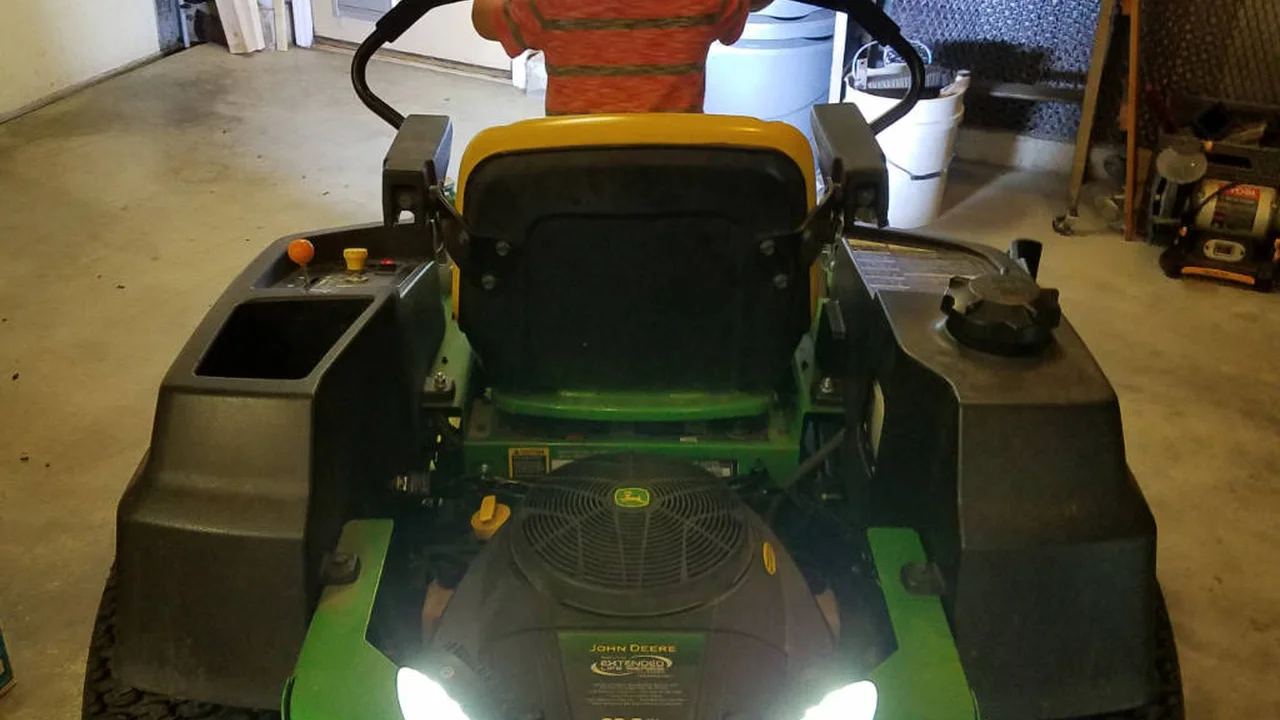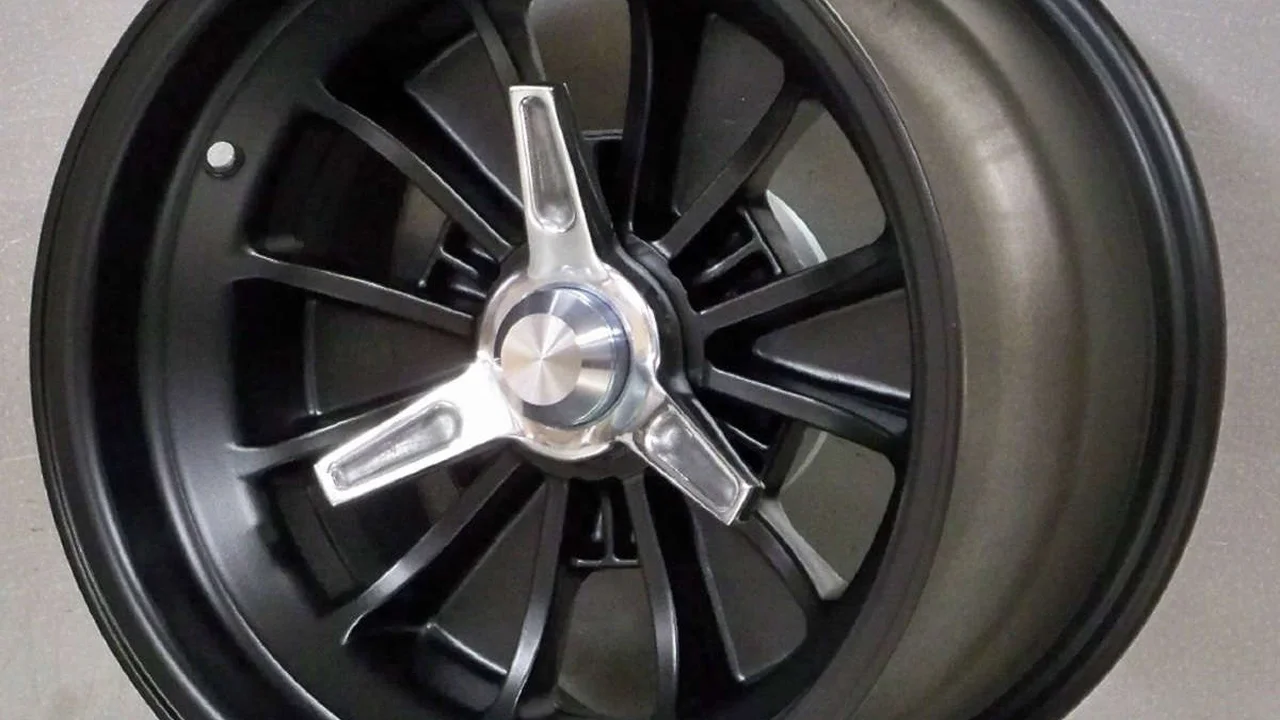DIY Headlight Installation: A Step-by-Step Guide

Upgrade your car's headlights yourself This guide provides clear step by step instructions Learn essential tools and techniques for a safe and successful installation
Understanding Headlight Types and Compatibility
Alright, so you're thinking about swapping out your headlights That's awesome It's a great way to improve your car's look and safety But before you even think about grabbing a wrench, you gotta know what kind of headlights you're working with There are a few main types out there:
- Halogen: These are the most common type, and they're usually the cheapest They use a filament to create light, and they're pretty reliable But they're not the brightest or most efficient
- LED (Light Emitting Diode): LEDs are becoming increasingly popular because they're super bright, energy-efficient, and long-lasting They also offer a lot of design flexibility, so you can find some really cool-looking LED headlights
- HID (High-Intensity Discharge) or Xenon: These are even brighter than halogens, and they produce a distinctive blue-ish white light They're often found in luxury cars But they can be more expensive and complex to install
The key thing is to make sure the headlights you buy are compatible with your car You can usually find this information in your car's owner's manual or by using an online parts finder on websites like Amazon, AutoZone, or Advance Auto Parts Just enter your car's make, model, and year, and it'll tell you what fits
Tools and Materials Needed for Headlight Installation
Okay, so you've got your new headlights and you're ready to go Here's what you'll need to get the job done:
- New Headlights: Obviously! Make sure they're the right ones for your car.
- Socket Set: You'll need a variety of sizes to remove the old headlights and install the new ones. A standard metric socket set should cover most needs.
- Screwdrivers: Both Phillips head and flathead screwdrivers will likely be needed.
- Pliers: For removing clips and connectors. Needle-nose pliers can be especially helpful.
- Gloves: To protect your hands from dirt and grease.
- Work Light: To see what you're doing, especially if you're working in a dimly lit garage.
- Protective Tape (Masking Tape): To protect your car's paint from scratches.
- Dielectric Grease: To protect the electrical connections from corrosion.
- (Optional) Trim Removal Tool: These plastic tools help you remove trim pieces without damaging them.
- (Optional) Multimeter: To test the electrical connections, if needed.
You can find most of these tools at your local hardware store or auto parts store. A good socket set is a worthwhile investment if you plan on doing more DIY car work in the future.
Step by Step Headlight Removal and Installation Guide
Alright, let's get down to business Here's a general step-by-step guide to installing new headlights Keep in mind that the exact steps may vary slightly depending on your car's make and model, so always refer to your owner's manual or a specific tutorial for your car if you're unsure.
- Preparation and Safety First: Disconnect the negative terminal of your car battery This prevents any accidental electrical shocks Make sure your car is parked on a level surface and the parking brake is engaged.
- Accessing the Headlights: This is where things can vary depending on your car Some headlights are easily accessible by simply removing a few screws or clips Others require you to remove the entire front grille or bumper Cover the surrounding areas with protective tape to prevent scratches.
- Disconnecting the Old Headlights: Once you have access to the headlights, carefully disconnect the electrical connectors These connectors usually have a small clip that you need to press to release them Don't just yank on the wires Make sure you disconnect them properly.
- Removing the Old Headlights: Remove the screws or bolts that are holding the old headlights in place Keep track of where these screws go, as you'll need them to install the new headlights.
- Installing the New Headlights: Carefully install the new headlights into the housing Make sure they're properly aligned and secured with the screws or bolts you removed earlier.
- Connecting the Electrical Connectors: Connect the electrical connectors to the new headlights Apply a small amount of dielectric grease to the connectors to prevent corrosion.
- Testing the New Headlights: Reconnect the negative terminal of your car battery Turn on your headlights to make sure they're working properly Check both the low beams and high beams If they're not working, double-check the connections and make sure the bulbs are properly seated.
- Reassembling the Car: If you had to remove the grille or bumper to access the headlights, carefully reassemble everything Make sure all the screws and clips are properly secured.
- Adjusting the Headlights: After installing the new headlights, you may need to adjust their aim to ensure they're properly aligned You can usually do this by turning adjustment screws located on the back of the headlight housing Refer to your owner's manual for specific instructions.
Product Recommendations Best LED Headlight Bulbs
So you want to upgrade to LED headlights Awesome choice Here are a few recommendations based on different needs and budgets:
- For Budget-Conscious Upgrades: Sealight LED Headlight Bulbs These are a great option if you're looking for a brighter light without breaking the bank They're easy to install and offer a significant improvement over halogen bulbs. Expect to pay around $30-$40 per pair. Ideal for daily commuters looking for a simple upgrade.
- For Maximum Brightness and Clarity: Philips X-tremeUltinon LED Bulbs Philips is a trusted brand in automotive lighting, and these LED bulbs deliver exceptional brightness and clarity They're a bit more expensive, but the performance is worth it. Expect to pay around $80-$120 per pair. Perfect for drivers who frequently drive at night or in rural areas with poor lighting.
- For Style and Performance: Morimoto 2Stroke 3.0 LED Headlight Bulbs Morimoto is known for its high-quality and stylish automotive lighting products These LED bulbs offer a great balance of brightness, performance, and aesthetics They also feature a unique design that can enhance the look of your car. Expect to pay around $150-$200 per pair. Suitable for car enthusiasts who want to enhance both the performance and the appearance of their vehicle.
Comparing LED Headlight Bulbs A Detailed Analysis
Choosing the right LED headlight bulb can be tricky, so let's break down some key factors:
- Brightness (Lumens): Lumens measure the total amount of light emitted A higher lumen rating generally means a brighter light However, brightness isn't everything You also need to consider the beam pattern.
- Beam Pattern: The beam pattern determines how the light is distributed on the road A good beam pattern will provide a wide and even spread of light, without creating glare for oncoming drivers.
- Color Temperature (Kelvin): Color temperature is measured in Kelvin (K) Lower Kelvin values (e.g., 3000K) produce a warmer, yellowish light Higher Kelvin values (e.g., 6000K) produce a cooler, bluish-white light Most people prefer a color temperature between 5000K and 6000K for headlights.
- Lifespan: LED bulbs are known for their long lifespan Look for bulbs that are rated for at least 30,000 hours.
- Compatibility: As mentioned earlier, make sure the bulbs are compatible with your car's headlight housing Some cars require specific types of LED bulbs or adapters.
- Cooling System: LED bulbs generate heat, so they need a good cooling system Look for bulbs with heat sinks or fans to prevent overheating.
Here's a quick comparison table:
| Bulb | Lumens (Approximate) | Color Temperature | Lifespan (Approximate) | Price (Per Pair) | Pros | Cons |
|---|---|---|---|---|---|---|
| Sealight LED | 6000 | 6000K | 30,000 hours | $35 | Affordable, Easy Installation | Not as bright as premium options |
| Philips X-tremeUltinon | 8000 | 6000K | 50,000 hours | $100 | Very Bright, Excellent Beam Pattern | More expensive |
| Morimoto 2Stroke 3.0 | 7000 | 5500K | 40,000 hours | $175 | Stylish, High-Quality, Good Performance | Most expensive |
Troubleshooting Common Headlight Installation Problems
Sometimes, things don't go as planned Here are some common problems you might encounter and how to fix them:
- Headlights Not Working: Double-check all the connections Make sure the bulbs are properly seated and the electrical connectors are securely attached Check the fuse for the headlights It might be blown.
- Headlights Flickering: This could be due to a loose connection or a faulty bulb Try tightening the connections and replacing the bulb If the problem persists, it could be a problem with your car's electrical system.
- Headlights Aimed Too High or Too Low: Adjust the headlight aim using the adjustment screws located on the back of the headlight housing Refer to your owner's manual for specific instructions.
- Error Messages on Dashboard: Some cars have sensitive electrical systems that may trigger error messages when you install LED headlights This is usually because the LED bulbs draw less power than halogen bulbs You can often fix this by installing resistors or load equalizers.
Headlight Adjustment Tips for Optimal Visibility
Proper headlight alignment is crucial for safety and visibility Here are some tips for adjusting your headlights:
- Park on a Level Surface: Park your car on a level surface facing a wall or garage door.
- Measure the Height of Your Headlights: Measure the distance from the ground to the center of your headlights.
- Mark the Wall: Transfer the headlight height measurement to the wall and mark it with tape.
- Adjust the Vertical Aim: Use the vertical adjustment screws to align the top edge of the headlight beam with the tape mark.
- Adjust the Horizontal Aim: Use the horizontal adjustment screws to center the headlight beam horizontally.
- Test Drive: After adjusting the headlights, take your car for a test drive at night to make sure the aim is correct You may need to make further adjustments.
Safety Precautions During Headlight Installation
Safety should always be your top priority Here are some important safety precautions to keep in mind:
- Disconnect the Battery: Always disconnect the negative terminal of your car battery before working on the electrical system.
- Wear Gloves: Wear gloves to protect your hands from dirt, grease, and sharp edges.
- Use Proper Tools: Use the correct tools for the job to avoid damaging your car or injuring yourself.
- Work in a Well-Lit Area: Work in a well-lit area so you can see what you're doing.
- Take Your Time: Don't rush the process Take your time and pay attention to detail.
So there you have it A comprehensive guide to DIY headlight installation With the right tools, knowledge, and a little bit of patience, you can upgrade your car's headlights yourself and save some money in the process Just remember to prioritize safety and always refer to your car's owner's manual or a specific tutorial for your car if you're unsure about any of the steps Happy wrenching
:max_bytes(150000):strip_icc()/277019-baked-pork-chops-with-cream-of-mushroom-soup-DDMFS-beauty-4x3-BG-7505-5762b731cf30447d9cbbbbbf387beafa.jpg)






